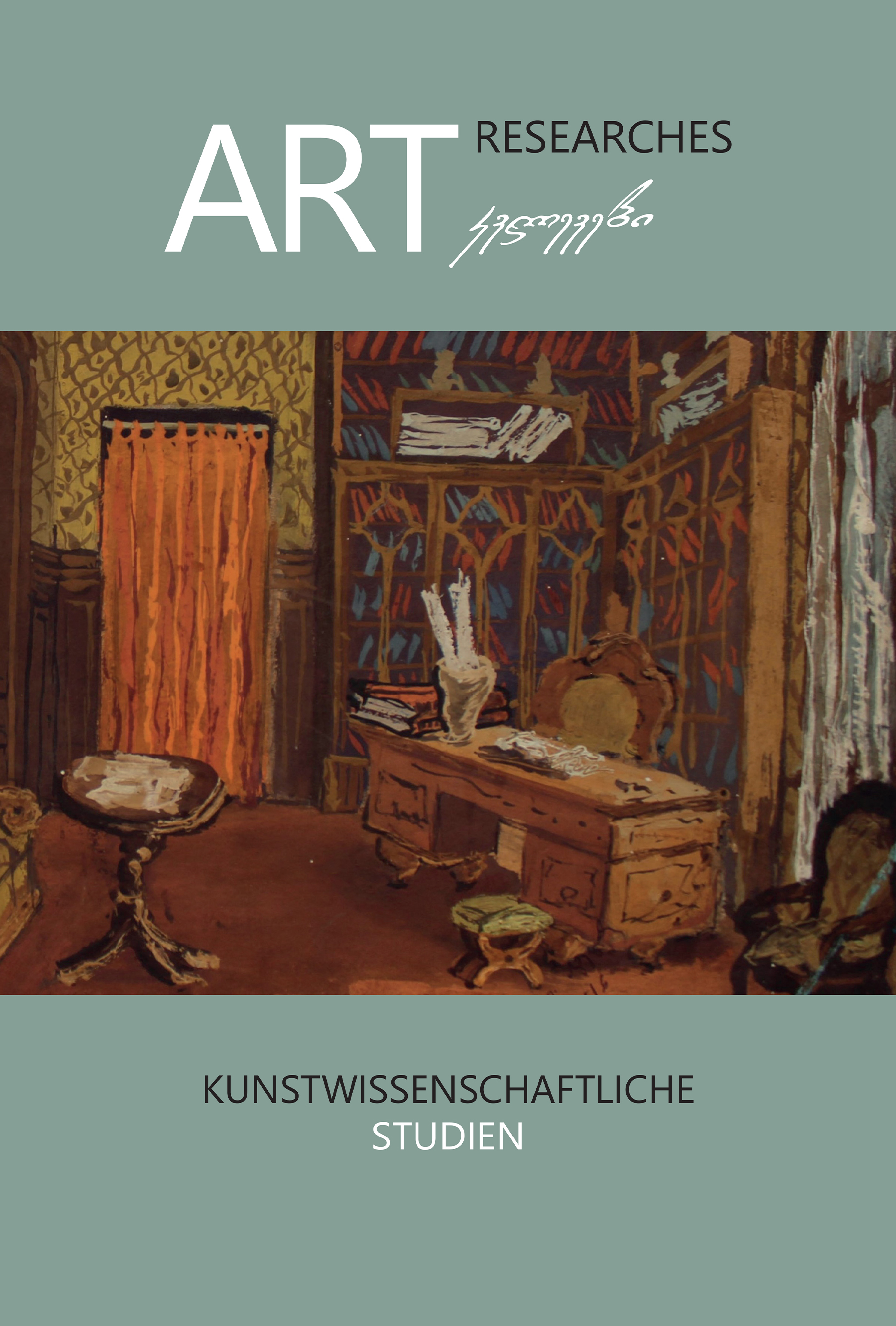ჯოვანი ვერგას ნოველისა და პიესის „სოფლის ღირსება“ და პიეტრო მასკანის ოპერის „CAVALLERIA RUSTICANA“/„სოფლის ღირსება“ კომპარატისტული ანალიზი
Main Article Content
ანოტაცია
The article “Giovanni Verga’s (short story and drama) “Cavalleria rusticana” and Pietro Mascagni’s opera “Cavalleria Rusticana” - comparative analysis” discusses the following questions: The genesis of the short story (1880) and the drama/play (1884) “Cavalleria rusticana” by Giovanni Verga and the peculiarities of the narrative structure and technique of the author and his literary texts, as well as the architectonics and expansion of the plot in the drama. Great attention is paid to “verismo” in literature and the role of G. Verga in the emergence and development of this movement.
The development and all the details of the subject matter in the short story and the changes in the main characters in the drama of the same name are discussed in detail.
Furthermore, the work of the composer Pietro Mascagni is presented and the story of the creation of his opera “Cavalleria rusticana”, whose first performance took place in Rome at the Teatro Costanzi on 17 May 1890, is described. The very special role of the librettists Giovanni Targioni-Tozzetti and Guido Menasci is duly emphasized. The libretto is analyzed in great detail and all similarities and differences with the texts by G. Verga are highlighted.
The opera dramaturgy consists of 12 numbers or scenes or performances, to which two numbers should also be added - the overture and Turiddu’s Siciliana. In total, the opera consists of 14 scenes (Verga’s play, on the other hand, consists of 9 scenes). The characters of the protagonists were deepened and expanded by the librettists, the dialogues are much more profound and have a stronger configuration.
The figure of Santuzza takes on human traits that are closer to her name - she arouses the pity and sympathy of the audience/listeners or, if applicable, the readers of the libretto. She regrets her actions by letting Alfio in on the love affair between Turiddu and Lola.
Turiddu is also explicitly favoured with a positive character trait in the dramaturgy of the opera - he also regrets his deed and asks Alfio and his mother to care for the poor Santuzza, who he has insulted and abandoned.
P. Mascagni's opera “Cavalleria rusticana” is a work of art in its own right, a masterpiece of world opera history. The play and the short story by Giovanni Verga are less recognized today. But much research has been devoted to analyzing Verga's work (among others, the article refers to the work of Axel Rüth “Von sizilianischer Archaik zu modernistischer Ästhetik: Aktualisierungen der Cavalleria rusticana bei Verga, Mascagni und Coppola “, in: Romanistisches Jahrbuch 67 (2016), S. 126–147.) and Stefano Boselli (Stefano Boselli, Stefano (2011). The Intertextual Short Play: An Example Using Verga's Cavalleria rusticana and Capuana’s Il piccolo archivio. In: MLN (Modern Language Notes) 126 (2011): 47-73 © 2011 by The Johns Hopkins University Press.).
The article lists a total of 21 bibliographical units in German, English, Italian and French. It is precisely accentuated why the opera became a globally recognized masterpiece and still occupies its place among the best operas in the repertoire of the world’s opera stages.
